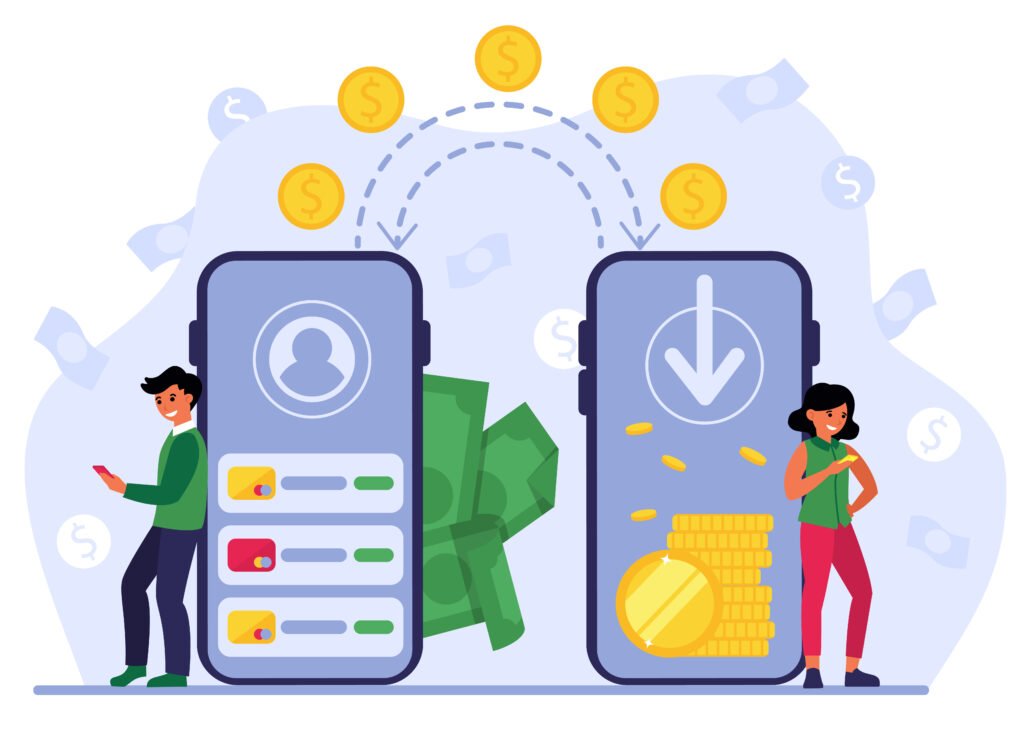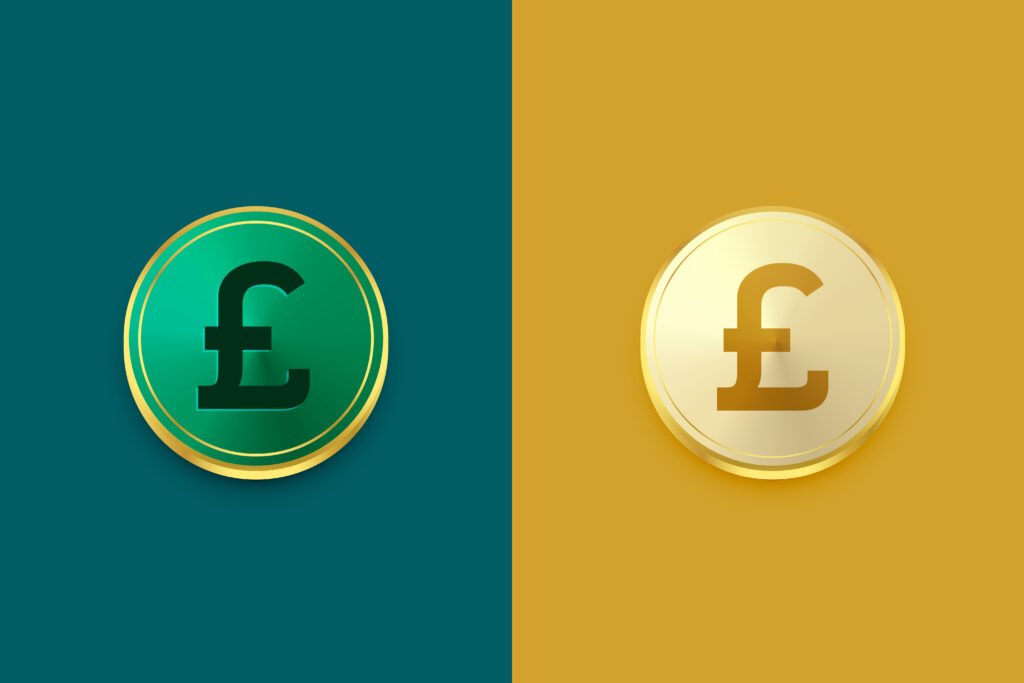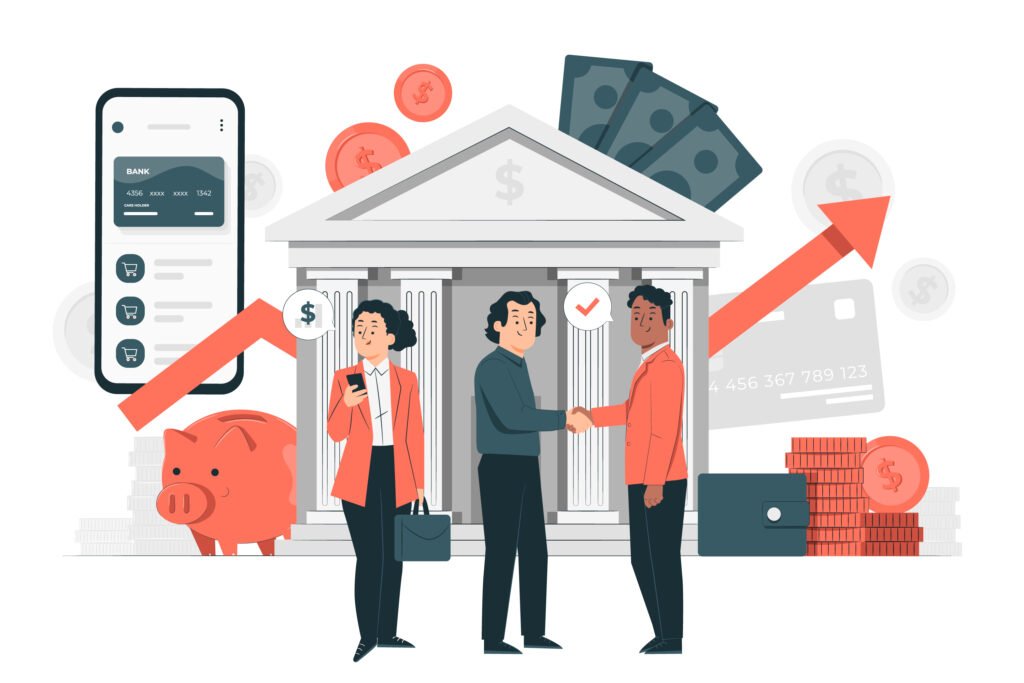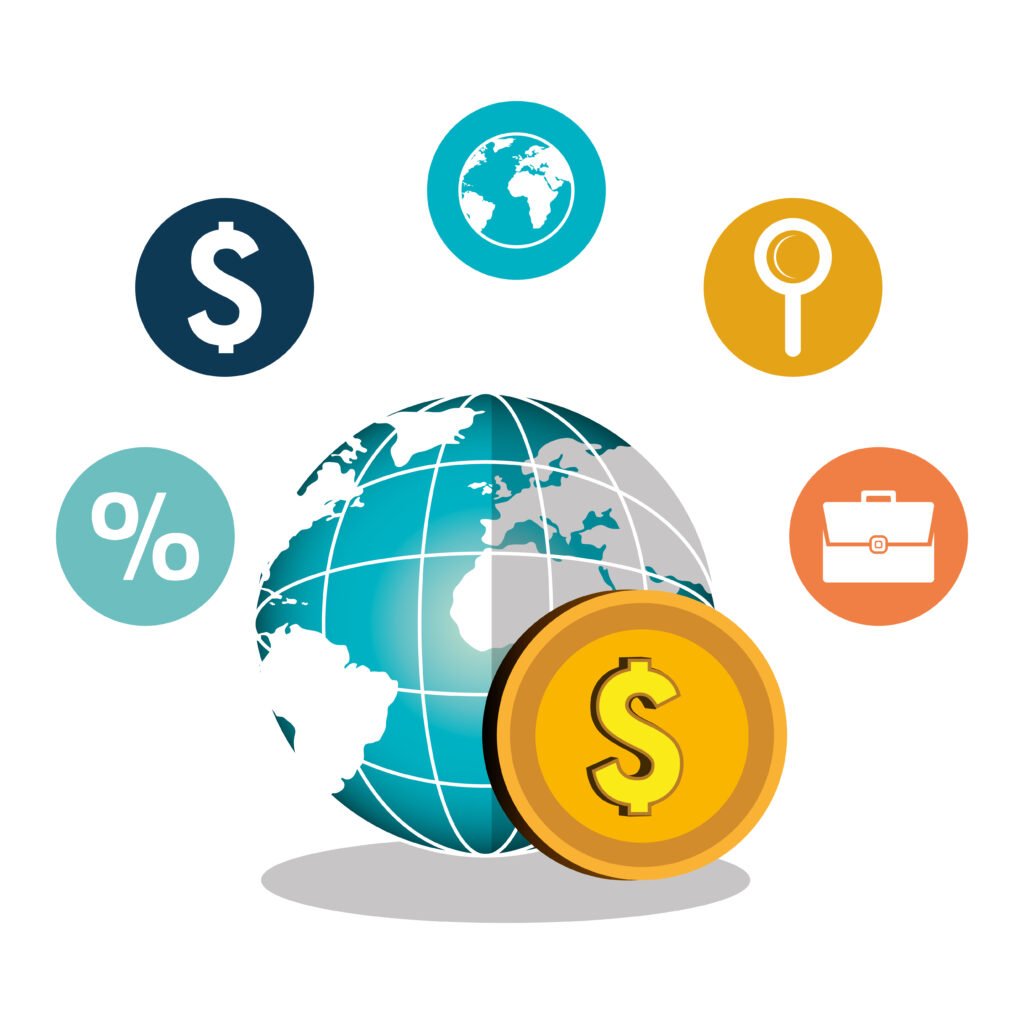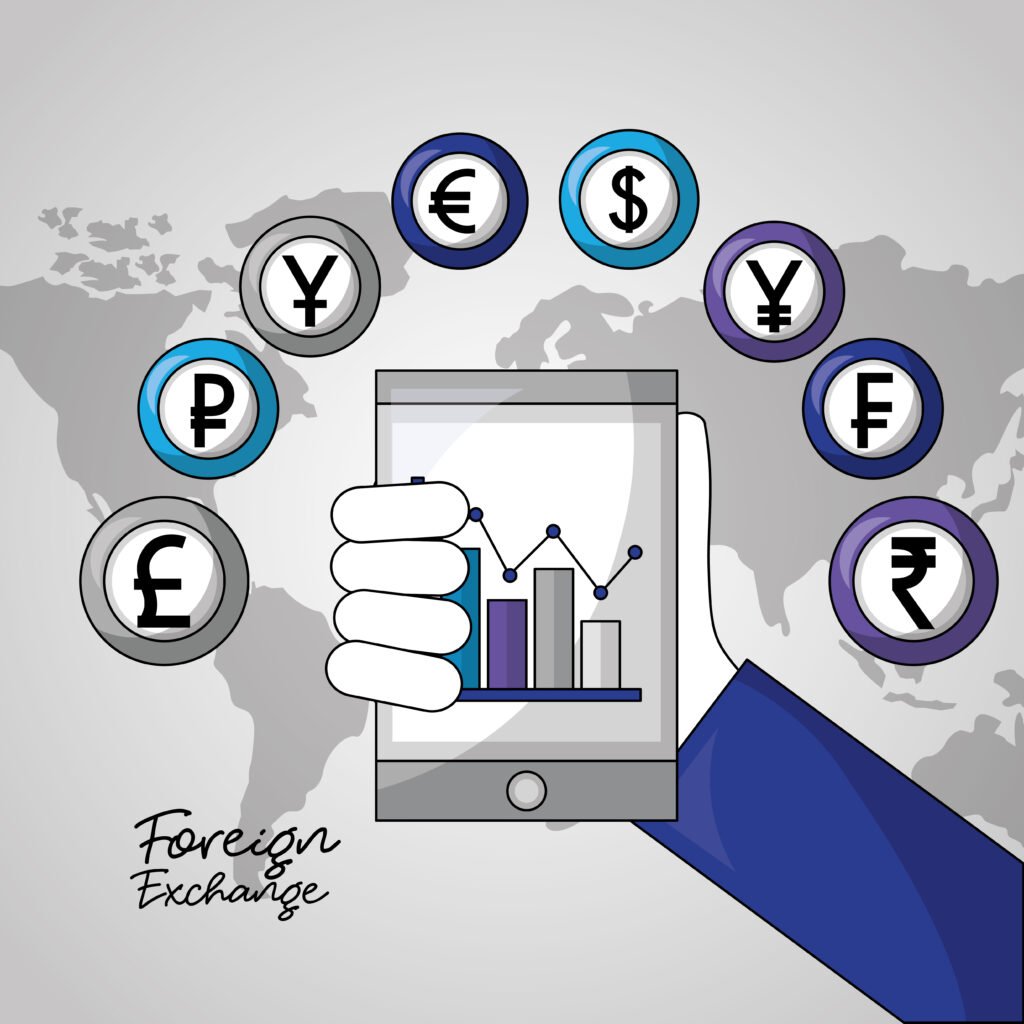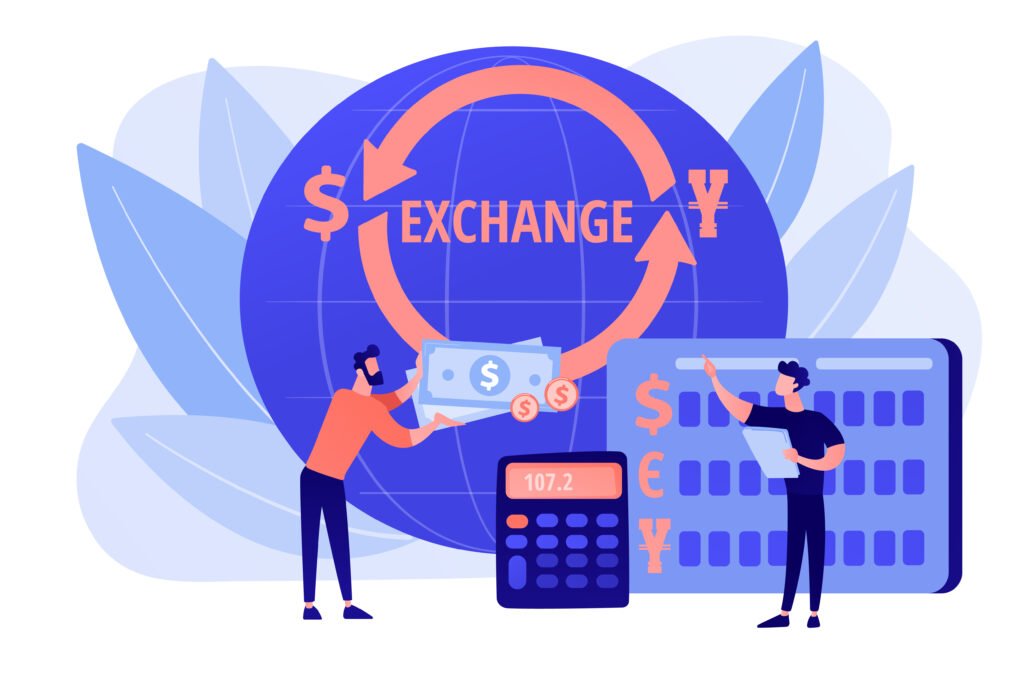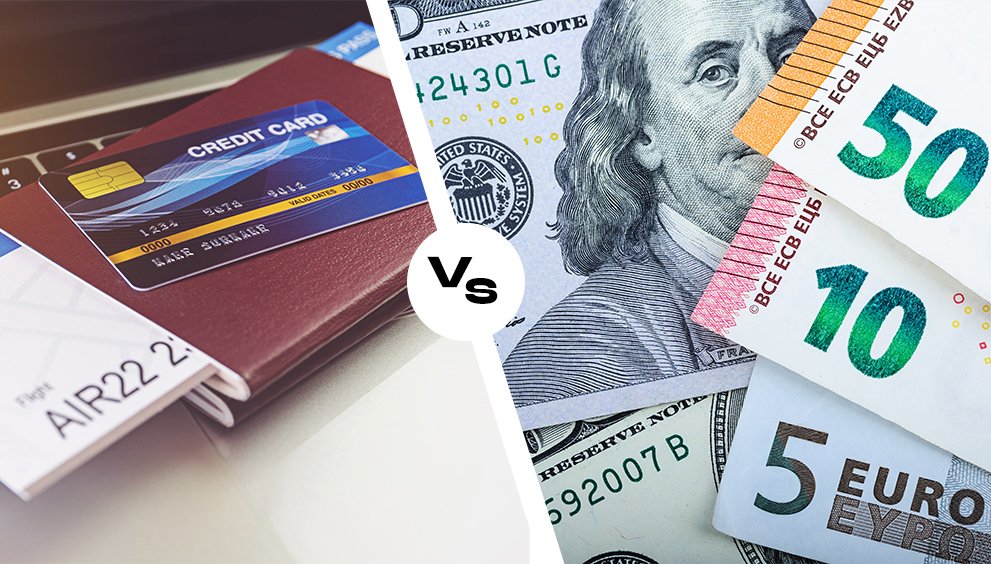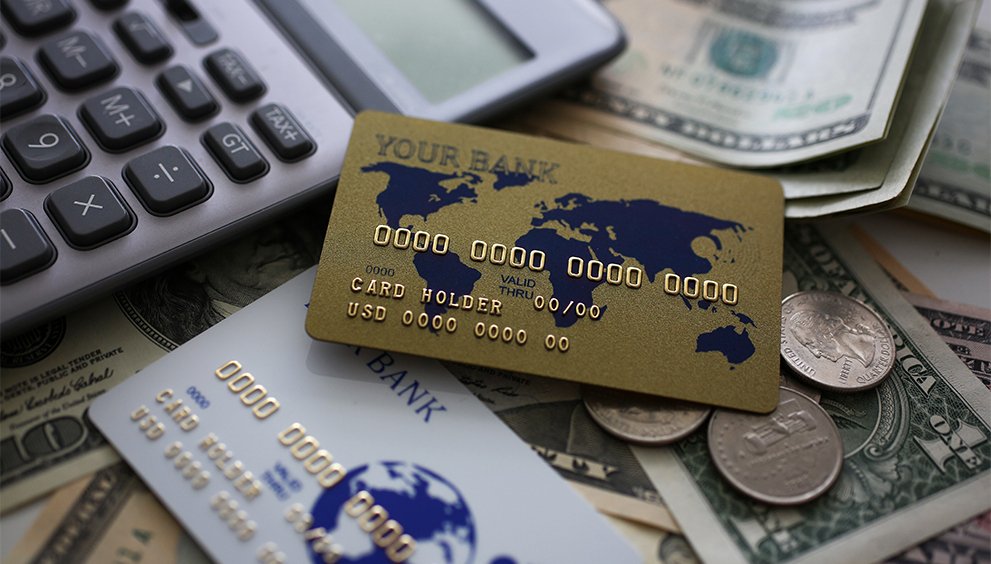Digital Currencies vs. Traditional Currency Exchanges: What You Need to Know
- January 15, 2025
- 0
- 4 min read
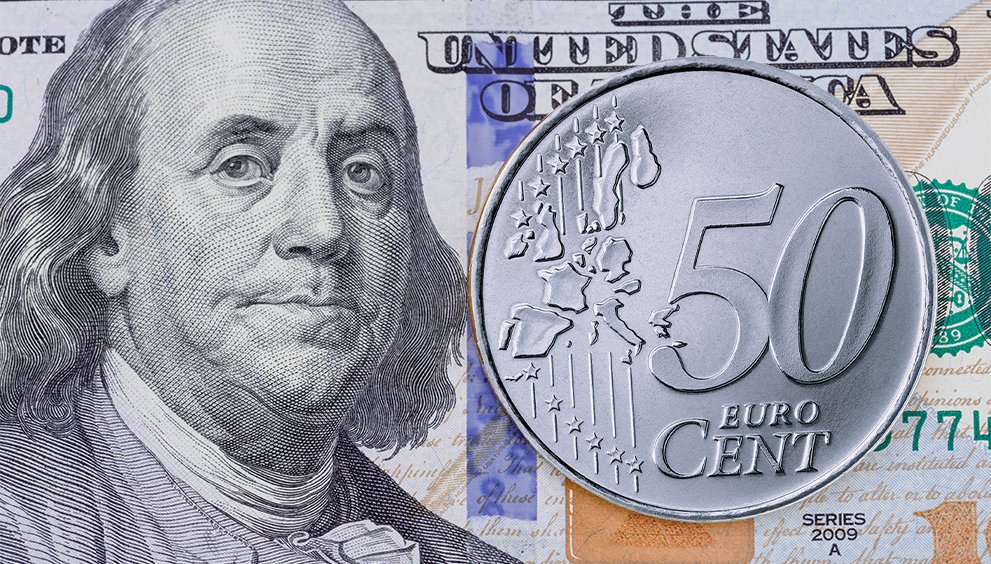
Introduction
From paper money to virtual assets, the world of currency is rapidly evolving. Digital currencies, like Bitcoin and Ethereum, are making waves in global finance, challenging the long-standing dominance of traditional currency exchanges. Whether you’re a seasoned investor, a frequent traveler, or simply curious about these trends, understanding the differences between digital and traditional currencies is essential.
In this article, we’ll explore the key distinctions, advantages, and challenges of these two systems and provide insights into how they coexist in today’s financial landscape.
1. Understanding Digital Currencies
Digital currencies are virtual assets that exist purely in electronic form. Unlike traditional money issued by governments, digital currencies operate on decentralized networks powered by blockchain technology.
Some well-known examples include:
- Bitcoin: The first cryptocurrency, designed as a decentralized alternative to fiat money.
- Ethereum: A platform that supports decentralized applications alongside its native currency, Ether.
- Stablecoins: Cryptocurrencies pegged to traditional assets like the US dollar to reduce volatility.
These currencies allow peer-to-peer transactions without intermediaries, offering a new way to transfer value globally.
2. Overview of Traditional Currency Exchanges
Traditional currency exchanges involve the conversion of one fiat currency to another, such as exchanging USD for EUR. This process is facilitated through systems like banks, forex trading platforms, or physical exchange bureaus.
Unlike digital currencies, traditional exchanges are heavily regulated, ensuring stability and trust for users. The foreign exchange (forex) market is a prime example, handling trillions of dollars in daily transactions for trade, travel, and investment.
3. Key Differences Between Digital Currencies and Traditional Currency Exchanges
- Decentralization vs. Centralization:
Digital currencies are managed on decentralized blockchain networks, while traditional currency exchanges rely on centralized banks and institutions. - Market Accessibility:
Digital currencies offer 24/7 trading and inclusivity for anyone with an internet connection. Traditional systems often have restricted hours and are less accessible to unbanked populations. - Transaction Speed:
Cross-border payments with digital currencies can be completed in minutes, compared to days using traditional systems like SWIFT.
4. Advantages of Digital Currencies
- Transparency: Blockchain technology ensures all transactions are recorded and visible on a public ledger.
- Lower Costs: Digital currencies eliminate the need for intermediaries, reducing fees for cross-border payments.
- Accessibility: They provide financial services to unbanked populations who lack access to traditional banking.
- Investment Opportunities: Cryptocurrencies offer high potential returns, attracting investors seeking diversification.
5. Advantages of Traditional Currency Exchanges
- Stability: Fiat currencies are less volatile than cryptocurrencies, making them reliable for trade and daily transactions.
- Trust and Regulation: Central banks and government oversight ensure security and accountability.
- Global Acceptance: Traditional currencies remain the primary medium for international commerce.
6. Challenges of Digital Currencies
- Volatility: Cryptocurrencies can experience significant price swings within hours.
- Security Risks: Hacking and scams pose threats to digital assets.
- Regulatory Uncertainty: Governments worldwide are still formulating policies for digital currencies.
7. Challenges of Traditional Currency Exchanges
- High Fees: Banks and exchange bureaus often charge significant fees for international transactions.
- Inefficiencies: Systems like SWIFT can be slow and cumbersome, especially for cross-border payments.
- Limited Accessibility: Millions of unbanked individuals cannot participate in traditional systems.
8. The Role of Technology in Bridging the Gap
Fintech innovations are transforming both systems:
- Hybrid Platforms: Services like PayPal and Wise integrate traditional and digital finance.
- CBDCs: Central banks are exploring digital currencies to modernize fiat systems.
These developments aim to combine the stability of traditional exchanges with the efficiency of digital currencies.
9. Use Cases: When to Choose Digital vs. Traditional
- Digital Currencies: Ideal for fast, low-cost cross-border payments and investments in emerging technologies.
- Traditional Exchanges: Best for large-scale trade, everyday purchases, and situations requiring stable value.
10. How to Transition Between the Two Systems
Platforms like Binance and Coinbase support conversions between fiat and digital currencies. Beginners should research thoroughly, start small, and use secure wallets to store digital assets.
Conclusion
Digital currencies and traditional exchanges each have unique roles in the financial ecosystem. While digital currencies offer speed, transparency, and inclusivity, traditional exchanges provide stability and trust. By understanding these differences, you can make informed decisions and harness the benefits of both systems.
FAQs
Are digital currencies a replacement for traditional currency exchanges?
No, they complement traditional systems, offering alternative solutions for specific needs.
What is the safest way to store digital currencies?
Use hardware wallets or trusted exchanges with strong security measures.
How do central bank digital currencies (CBDCs) fit into the mix?
CBDCs aim to combine the efficiency of digital currencies with the stability of fiat systems.
Why do traditional currency exchanges still dominate global trade?
Their stability, regulation, and acceptance make them essential for large-scale commerce.
Can I use digital currencies for everyday purchases?
In some regions and businesses, yes. However, widespread adoption is still evolving.


 English
English 



























